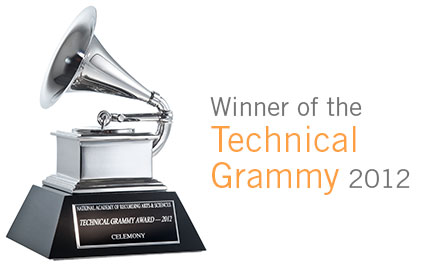Who is behind Celemony?
It was the question “What does a stone sound like?” back in 1997 that first gave dedicated researcher and inventor Peter Neubäcker the idea for Melodyne. Peter Neubäcker is a man who goes very much his own way. As a musician, lover of mathematics, guitar-maker and specialist in harmonics, he discovers approaches far removed from those of conventional signal processing, in which it is a sense of the musical and emotional content of a recording that prevails rather than metrical levels. It is his algorithms that make Melodyne so musical, so faithful in its acoustic reproduction, so ... unique. He is supported in this by an experienced team of software engineers who implement his ideas using the latest signal processing and programming techniques in the development of professional audio software.
A certain idiosyncrasy runs through the entire corporate structure of Celemony: A good twenty of its employees live scattered across Germany, with others in places like the USA and Japan. They each determine their own working hours and communicate with one another by Internet. The hierarchies are flat. They come together occasionally for meetings, but by preference to celebrate and have a good time. Almost all the company’s employees are musicians themselves, in genres ranging from electronic and medieval music to metal and punk.
From this film portrait you can learn more about Peter Neubäcker and the background to Melodyne.

